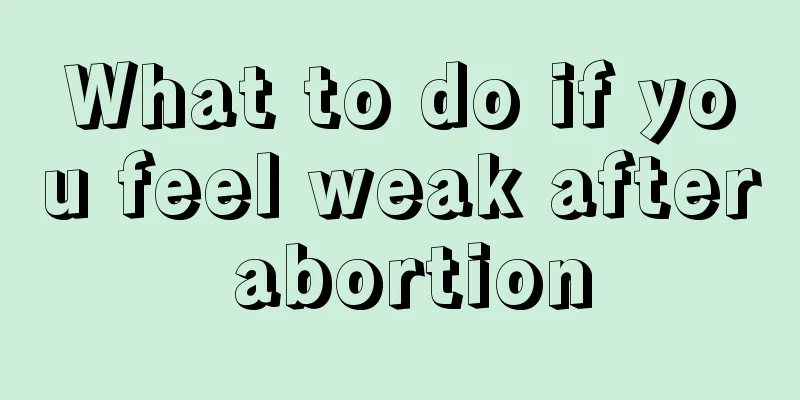Female left back shoulder blade pain

|
Generally, if there is no trauma in the shoulder area, cervical spondylosis should be considered. It is usually related to lowering the head or keeping the neck still for a long time every day, such as doing homework, playing computer, watching TV series, etc. It is recommended to see a doctor in the hospital's spinal surgery department, you can get some medicine to take, pay attention to changes in posture, apply local heat, etc. Clinical symptoms 1. Shoulder pain Initially, the shoulder pain is paroxysmal, most of the time it is chronic, and then the pain gradually worsens or becomes a sudden pain, or a knife-like pain, and is continuous. The pain is often aggravated by weather conditions or fatigue. The pain can spread to the neck and upper limbs (especially the elbows). When the shoulder is accidentally hit or stretched, it often causes severe tearing pain. The shoulder and back pain is lighter during the day and heavier at night. Most patients often wake up from the pain in the middle of the night and cannot fall asleep, especially they cannot sleep on their side with the affected limb. This phenomenon is more obvious in those caused by deficiency of qi and blood. If the pain is caused by cold, it is particularly sensitive to weather conditions. 2. Activities are restricted Shoulder dislocation can limit movement in all directions, especially abduction, horizontal raising, internal and external rotation. As the disease progresses, long-term disuse can cause adhesion of the articular cartilage and soft tissue around the shoulder, gradually reduce muscle tone, and the coracohumeral cruciate ligament is fixed in a reduced internal rotation position. The active and passive movements of the shoulder dislocation in all directions are restricted, making it difficult to comb the hair, dress, wash the face, and put one's hands on the waist. In severe cases, the wrist function may also be affected, and the hand cannot touch the shoulder in the same direction when the elbow is flexed, especially when the arm is extended backward. 3. Fear of cold Many patients suffer from shoulder fear of cold, and wrap their shoulders with pads all year round. Even in summer, their shoulders are afraid of hair dryers. 4. Pressure pain Most patients can feel obvious tenderness around the shoulder dislocation, most of which are in the tendon groove of the long head of the biceps brachii. The descending acromial bursa, coracoid process, and supraspinatus muscle attachment point. 5. Muscle spasms and contractures In the early stage, the deltoid muscle, supraspinatus and other muscles around the shoulder may experience spasm, and in the late stage, disuse muscle atrophy may occur, with typical symptoms such as acromion protrusion, difficulty in raising horizontally, and poor backbend. At this time, the pain symptoms will be relieved. There is slight contraction of the deltoid muscle and spasm of the deltoid muscle. There may be significant tenderness in the supraspinatus tendon, the long and short head tendons of the biceps brachii, and the anterior and lateral edges of the deltoid muscle. Abduction, external rotation, and extension are most significantly restricted in shoulder dislocation. |
<<: Female panic, shaking hands, sweating
>>: What is the sign of numbness in a woman's left foot?
Recommend
Is it normal to have no lochia after abortion?
After pregnancy, if you do not plan to have a chi...
Women's groin detoxification technique
The groin is where the thigh and the abdominal ca...
What are the symptoms and nursing measures of female periarthritis of shoulder
Frozen shoulder is a common shoulder joint diseas...
What is the cause of the red and smelly vaginal discharge?
Leucorrhea is a unique physiological tissue of th...
What are the sequelae of a female coccyx injury?
Whether it is a man or a woman, the coccyx is a v...
The best time to increase breastfeeding after childbirth
After giving birth, many mothers who plan to brea...
A kissing method for women can help prolong life
Kissing is not only an important symbol of love b...
The "twisted neck disease" should not be underestimated! Changsha Yuxiang Hospital introduces you to spasmodic torticollis
Spasmodic torticollis, commonly known as "cr...
What causes uterine contractions
When women are pregnant, in addition to feeling t...
Frequent occurrence of respiratory infectious diseases in winter Experts remind: Scientific protection, do not self-diagnose | Popular science interpretation of winter respiratory diseases
Editor's note: Recently, Guangming Online'...
Can I eat lychees during my period?
Lychees are fruits, but they are not edible at al...
What to eat after confinement
What is the best thing for women to eat during th...
Will using tampons break the hymen?
Generally, women will have menstruation once a mo...
What is postpartum vulvar pain?
Almost every mother has to go through a heart-wre...









